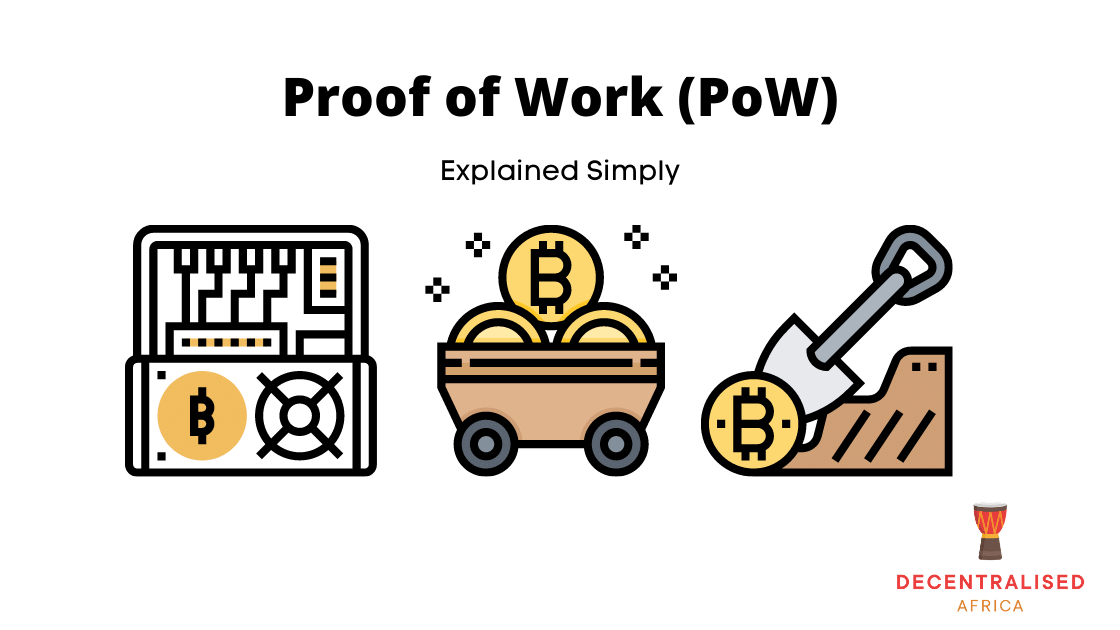
Proof of Work
Digital Asset Chronicles

Proof of Work
Proof of Work is a system that mitigates double-spends. A double-spend happens when the same amount of funds is spent more than once. This algorithm is used to secure a cryptocurrency’s ledger. It was created by Satoshi Nakamoto in his 2008 Bitcoin whitepaper, even though the mechanism was in existence earlier before. The initial modern application was way back in 1996 under the Hashcash, and it was based on the SHA256 algorithm, like the one used in Bitcoin.
Other forms of consensus mechanisms include the Proof of Stake, Proof of Capacity, and Proof of Elapsed Time.
Proof of Work verification is difficult, expensive, and takes a lot of time but easy to verify. This mechanism is important for security purposes, which prevents fraud and boosts trust. Through this, miners cannot lie about any transaction.
Additionally, this mechanism is used to securely sequence Bitcoin transaction history and making it impossible to alter the data over time. The most valid copy of the blockchain within the network is chosen if several others are lined up.
Furthermore, Proof of Work helps create a distributed clock that enables miners to enter freely and leave the network.
In decentralized networks such as those on a blockchain, the issue is finding an agreement among members on the order of transactions that must be added.
This consensus mechanism is not without faults, and they include:
This can be applied in place of the Proof of Work concept. Rather than a miner producing proof of challenge, the Proof of Stake system requires staking of funds by validators. The more funds you inject, the higher your chances of being the next validator.
If a validator maliciously approves fraudulent transactions, their stake is taken away. Proof of Stake is also cheaper, easier, and more conservative than the Proof of Work.
On the other hand, the Proof of Stake also has some disadvantages. One can buy their way to a 51% attack even though it is not easy. Secondly, since validators are selected as per the amount of cash they stake, rich people are given unfair leverage. What this will do is that they will be richer by earning more from the network transaction fees.
Proof of Work ensures that only one who has worked hard enough earns the right to update the ledger of transactions. For a miner to earn the rights of updating the ledger, they will have to provide proof, which is difficult but easily validated.
Proof of Work solves the issue of double-spending and is also accurate and effective. However, as we have seen, it has several issues that need to be addressed. Any decentralized network needs a consensus algorithm, and at the moment, the Proof of Work is the most commonly applied mechanism.